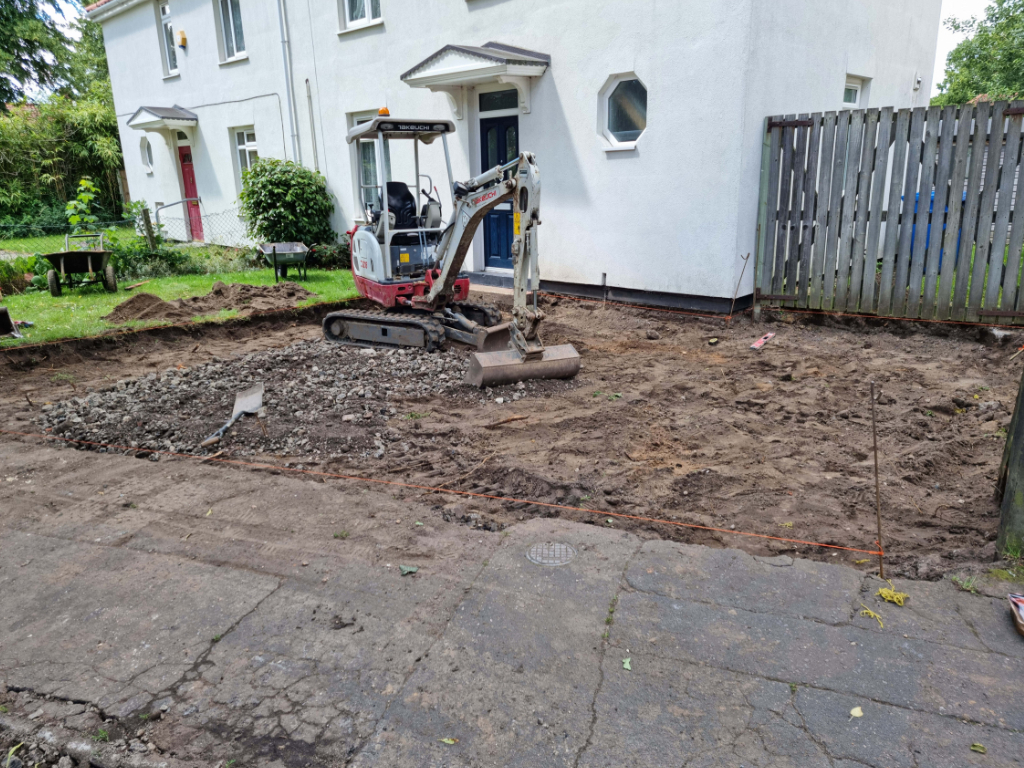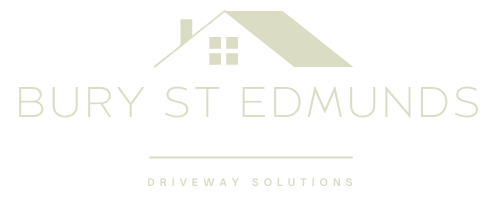Where Can You Use Tarmac Beyond Driveways?
Tarmac is a versatile and durable surfacing material commonly associated with driveways. However, its practicality and affordability make it suitable for a variety of other applications. For property owners in Bury St Edmunds, Suffolk, understanding the broader uses of tarmac can help you maximise its benefits for both residential and commercial spaces.
1. Car Parks
Tarmac is a popular choice for car parks due to its durability and ease of maintenance. Its smooth surface allows for clear line markings and efficient water drainage, making it ideal for:
- Residential car parks.
- Public or private parking facilities.
- School and office car parks.
Tarmac’s ability to withstand heavy traffic ensures that car parks remain safe and functional for years.
2. Pathways and Walkways
For pathways in gardens, parks, or public spaces, tarmac offers a practical solution. Its smooth finish provides a safe, slip-resistant surface for pedestrians, while its durability ensures long-term use even in high-traffic areas. Additionally, tarmac pathways are:
- Easy to customise with edging or decorative finishes.
- Suitable for integration with landscaping features.
- Quick to install, minimising disruption.
3. Cycle Lanes
Tarmac is frequently used for cycle lanes due to its even surface and excellent traction. It ensures a smooth, safe ride for cyclists and reduces maintenance requirements for local councils or private landowners.
4. Sports Courts
Outdoor sports courts, such as tennis or basketball courts, benefit greatly from tarmac surfacing. Its hard-wearing nature and resistance to weathering make it a reliable choice for:
- School playgrounds.
- Community sports facilities.
- Private residential courts.
Coloured tarmac options are also available to enhance the appearance and functionality of sports surfaces.
5. Industrial and Commercial Areas
In industrial and commercial settings, tarmac provides a robust surface capable of handling heavy machinery and constant use. Applications include:
- Loading bays and delivery areas.
- Factory or warehouse forecourts.
- Access roads for commercial facilities.
6. Public Spaces
Tarmac is often used in public spaces, such as:
- Pedestrian plazas and squares.
- Bus stops and transport hubs.
- Marketplaces and event areas.
Its ability to accommodate high foot traffic and its low maintenance requirements make it ideal for these applications.
7. Driveway Extensions
Beyond traditional driveways, tarmac can be used to create extensions or additional parking spaces. Its uniform appearance ensures seamless integration with existing surfaces, enhancing the overall look of your property.
Why Choose Tarmac for These Applications?
Tarmac’s popularity stems from its many advantages, including:
- Durability: It withstands heavy use and extreme weather conditions.
- Affordability: Tarmac is cost-effective compared to other surfacing options.
- Ease of maintenance: Repairs are straightforward, and regular upkeep ensures long-lasting performance.
- Quick installation: Tarmac can be laid efficiently, reducing project timelines.
Conclusion
Tarmac’s versatility extends far beyond driveways, making it a valuable surfacing material for various residential, commercial, and public applications. Its combination of durability, cost-effectiveness, and low maintenance requirements ensures it remains a popular choice for projects of all sizes.
If you’re considering tarmac for your property in Bury St Edmunds, Suffolk, contact Bury St Edmunds Driveway Solutions. Our experienced team specialises in high-quality tarmac installations, ensuring a durable and professional finish for any application.
Call us on: 01284 331 496
Click here to find out more about Bury St Edmunds Driveway Solutions
Click here to complete our contact form and see how we can help with your driveway needs.

